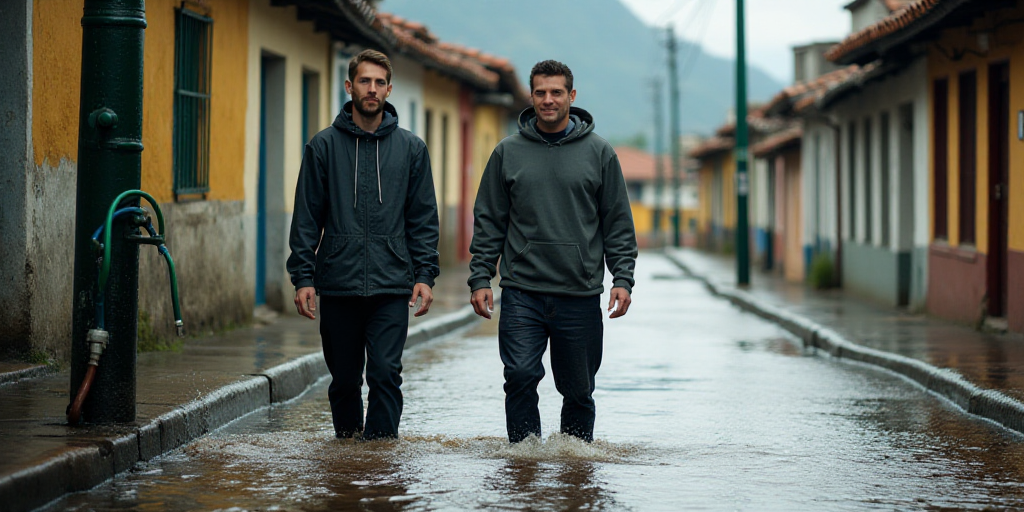Background on Key Figures and Relevance
In response to severe rainfall-induced flooding in the Gustavo A. Madero, Venustiano Carranza, and Iztacalco districts of Mexico City on August 10-11, the city’s government and the Secretaría de Gestión Integral del Agua (SEGIAGUA) have collaborated to address the issues. Clara Brugada Molina, the head of government, and Mario Esparza, the head of SEGIAGUA, have been at the forefront of these efforts.
Immediate Response and Resources Mobilized
SEGIAGUA swiftly deployed an operation involving over 370 personnel and 70 vehicles, including emergency pumping equipment, hydrodynamic vehicles, and specialized trucks. This response targeted the most affected areas: Providencia and San Juan de Aragón in Gustavo A. Madero; Progreso, Aztecas, 20 de Noviembre, Del Parque, Moctezuma, and Valentín Gómez Farías in Venustiano Carranza; and Agrícola Pantitlán in Iztacalco.
Collaboration with OCAVM
To enhance drainage capacity, SEGIAGUA coordinated with the Organismo de Cuenca Aguas del Valle de México (OCAVM) to increase it from 6% to 20%. New drainage points were also incorporated into these districts.
Proposed Solutions by Alcaldía
SEGIAGUA experts are analyzing each area’s unique challenges to develop tailored projects.
Gustavo A. Madero
The primary issue is the obstruction in a section of the collector in San Juan de Aragón VI Sección’s linear park. Proposed solutions include completing a 10-kilometer topographic survey, diagnosing drainage infrastructure, and conducting leak and subsidence detection tests. These solutions will be presented in October 2025.
Iztacalco
The main problem in the Zaragoza-Churubusco area is the saturation of the drainage system. Proposed options include relocating and reengineering the “Agua Caliente” pump station, constructing a new pumping plant, and conducting a topographic survey of the Agrícola Pantitlán residential area. The diagnosis and potential solutions will be shared in October 2025, with the executive project and construction planned from November 2025 to May 2026.
Venustiano Carranza
To tackle the Gran Canal saturation, options being considered include dividing the linear park into three sections for better rainwater regulation, constructing a pumping plant at kilometer 10+000 of the Gran Canal, and performing dredging and alignment work downstream from Los Remedios River.
Key Questions and Answers
- Who is leading the flood response efforts in Mexico City? Clara Brugada Molina, the head of government, and Mario Esparza, the head of SEGIAGUA.
- What areas were most affected by the recent flooding? Gustavo A. Madero, Venustiano Carranza, and Iztacalco districts.
- What immediate actions were taken to address the flooding? SEGIAGUA mobilized over 370 personnel and 70 vehicles, including specialized equipment, to target the most affected areas.
- What long-term solutions are being proposed for each district?
- Gustavo A. Madero: Completing a 10-kilometer topographic survey, diagnosing drainage infrastructure, and presenting solutions in October 2025.
- Iztacalco: Relocating and reengineering the “Agua Caliente” pump station, constructing a new pumping plant, and conducting a topographic survey of the Agrícola Pantitlán residential area. Diagnosis and solutions will be shared in October 2025, with the executive project and construction planned from November 2025 to May 2026.
- Venustiano Carranza: Dividing the linear park into three sections, constructing a pumping plant at kilometer 10+000 of the Gran Canal, and performing dredging and alignment work downstream from Los Remedios River.






